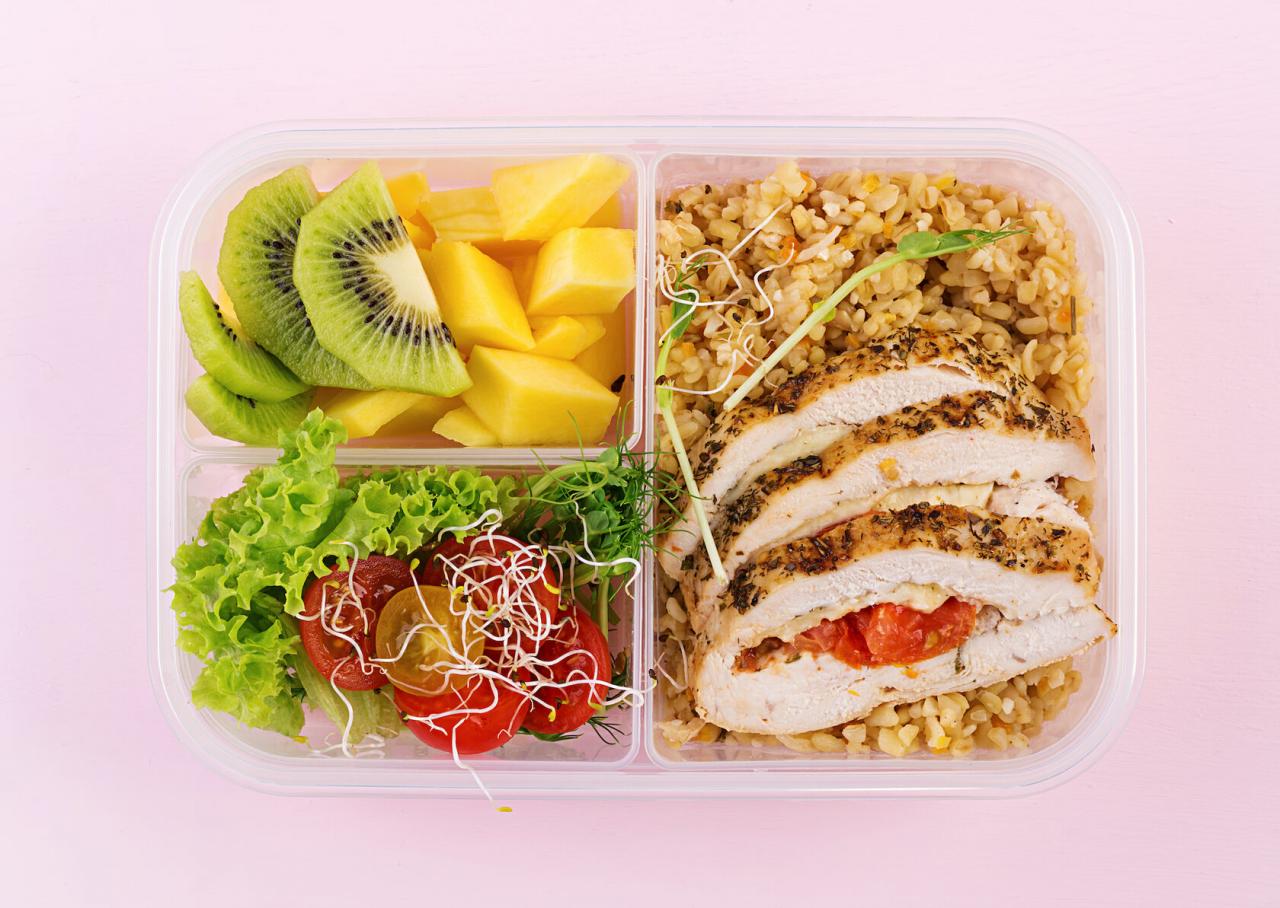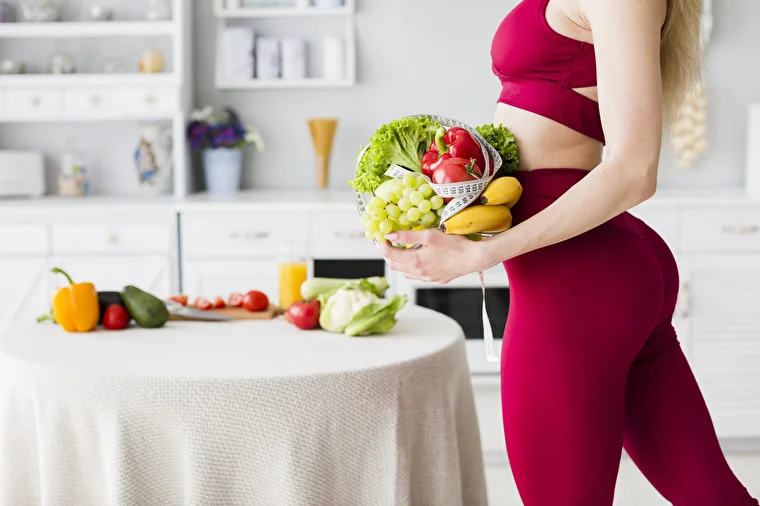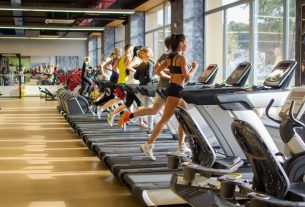A balanced meal rich in proteins, fats and carbohydrates helps replenish energy, saturate the body with nutrients and improve the functioning of the digestive system. For meals to be beneficial, they must be not only correct, but also regular.
Why you shouldn’t skip lunch
Lunch is the richest meal in terms of dishes – the daily food intake accounts for up to 40% of the total daily food volume. You can enjoy meals with a higher calorie content than breakfast and dinner.
A proper lunch replenishes the supply of nutrients and energy expended in the morning hours and affects how high-calorie dinner will be. Skipping lunch, the body experiences a stressful situation – hunger. And numerous snacks, which we are trying to stifle appetite, only slow down the metabolism.
Feeling hungry, the body begins to store fat from any food received. Skipping lunch, in the evening, it is hard to cope with the temptation to eat something tasty – after all, these calories were so lacking during the day, which leads to overeating and frequent trips to the refrigerator.
A proper lunch replenishes the supply of nutrients and energy expended in the morning hours and affects how high-calorie dinner will be. Skipping lunch, the body experiences a stressful situation – hunger. And numerous snacks, which we are trying to stifle appetite, only slow down the metabolism.
Feeling hungry, the body begins to store fat from any food received. Skipping lunch, in the evening, it is hard to cope with the temptation to eat something tasty – after all, these calories were so lacking during the day, which leads to overeating and frequent trips to the refrigerator.
How and what time can you have lunch
To help you stay full and healthy with a balanced meal, we recommend that you follow these general guidelines.
- Have lunch at the same time, from 12 to 14 hours – at this time, the body secretes a large amount of enzymes that help to digest food faster, and not put it in reserve.
- Drink a glass of water 20 minutes before lunch to kickstart your metabolism as well as fill your stomach and reduce your appetite.
- Before a day’s meal, a glass of water can be replaced with a vegetable salad – it will fill the stomach and reduce the amount of food eaten.
- Eat slowly and steadily – this way you will be satiated faster and will not hinder the work of the digestive system.
- Reduce the calorie content of soups – for a balanced diet, use chicken, turkey or lean fish, add less potatoes and pasta, and better cook vegetable puree soup.
- Choose a stew or steamed lean meat or fish as a hot dish, and use cereals or vegetables as a side dish.
- Use the simple rule of the plate – half of the dish should be vegetables, one fourth – proteins (meat or fish) and a quarter – complex carbohydrates (buckwheat, brown rice, quinoa, etc.).
- Do not skip breakfast – for the metabolism to work well, the interval between your morning meal and lunch should be at least 4 hours.
Following these simple rules, you can easily make your lunch not only tasty, but also balanced. Remember – the feeling of satiety does not come during a meal, but 10-15 minutes after it ends. What foods are suitable for an afternoon meal.
Lean meat
It is best to use chicken, turkey or rabbit fillets. If you want beef, choose parts without layers of fat.

Lean fish
Lean fish has a lower percentage of fat than lean meat. By eating such fish, you can not only lose extra pounds, but also improve your health.
Low-fat varieties include cod, haddock, whitefish, pollock and others.
Low-fat varieties include cod, haddock, whitefish, pollock and others.
Broths
To diversify your healthy lunch menu, prepare broth. To do this, use lean meat, fish, or vegetables.
Cereals
Porridge is a slow carbohydrate that takes more time and energy to digest and burns excess calories.
A large amount of fiber is found in barley, pearl barley, buckwheat and millet groats. Buckwheat and quinoa occupy the leading place in terms of protein content.
A large amount of fiber is found in barley, pearl barley, buckwheat and millet groats. Buckwheat and quinoa occupy the leading place in terms of protein content.
Vegetables
Versatile foods that will diversify your daily meal, satisfy hunger and saturate the body with vitamins and nutrients. Prepare quickly and easily, such as Brussels sprouts .
To adhere to proper nutrition, as a side dish for lunch, you can cook durum wheat pasta, lentils, peas.
Replace harmful snacks with healthy ones . For example, eat fruits between meals – they are low in calories and high in fiber. Eat pears, grapes and bananas with caution – they are high in sugar.
If you want bread, give preference to rye or bran bread, most importantly, do not exceed the daily allowance of 300 g per day.
Sweets are best eaten in the morning – until 12 noon.
To adhere to proper nutrition, as a side dish for lunch, you can cook durum wheat pasta, lentils, peas.
Replace harmful snacks with healthy ones . For example, eat fruits between meals – they are low in calories and high in fiber. Eat pears, grapes and bananas with caution – they are high in sugar.
If you want bread, give preference to rye or bran bread, most importantly, do not exceed the daily allowance of 300 g per day.
Sweets are best eaten in the morning – until 12 noon.
Balanced Weight Loss Lunch Options
There are many healthy and tasty dishes that can be prepared quickly and easily. With our recipes from the nutrition section, you can create a menu for the week ahead. This will allow you to take care of the purchase of the necessary products in advance, shorten the trip to the store and reduce costs.
And this is roughly how a proper lunch full of proteins, fats, carbohydrates and fiber will look like.
Day 1. Broccoli and turkey puree soup, cottage cheese casserole, fresh fruit.
Day 2. Lean stew with buckwheat and vegetable salad.
Day 3. Fish cakes with grilled vegetables.
Day 4. Mushroom soup, grilled breast with brown rice and vegetable salad.
Day 5. Chicken cutlets with boiled lentils and vegetable salad.
Day 6. Large portion of salad with avocado and tuna.
Day 7. Boiled beef with vegetable stew.
Season vegetable salads with olive oil, linseed oil, soy sauce, natural yogurt or balsamic vinegar. Add a slice of whole grain bread, green tea, or chicory to each meal.
And this is roughly how a proper lunch full of proteins, fats, carbohydrates and fiber will look like.
Day 1. Broccoli and turkey puree soup, cottage cheese casserole, fresh fruit.
Day 2. Lean stew with buckwheat and vegetable salad.
Day 3. Fish cakes with grilled vegetables.
Day 4. Mushroom soup, grilled breast with brown rice and vegetable salad.
Day 5. Chicken cutlets with boiled lentils and vegetable salad.
Day 6. Large portion of salad with avocado and tuna.
Day 7. Boiled beef with vegetable stew.
Season vegetable salads with olive oil, linseed oil, soy sauce, natural yogurt or balsamic vinegar. Add a slice of whole grain bread, green tea, or chicory to each meal.


